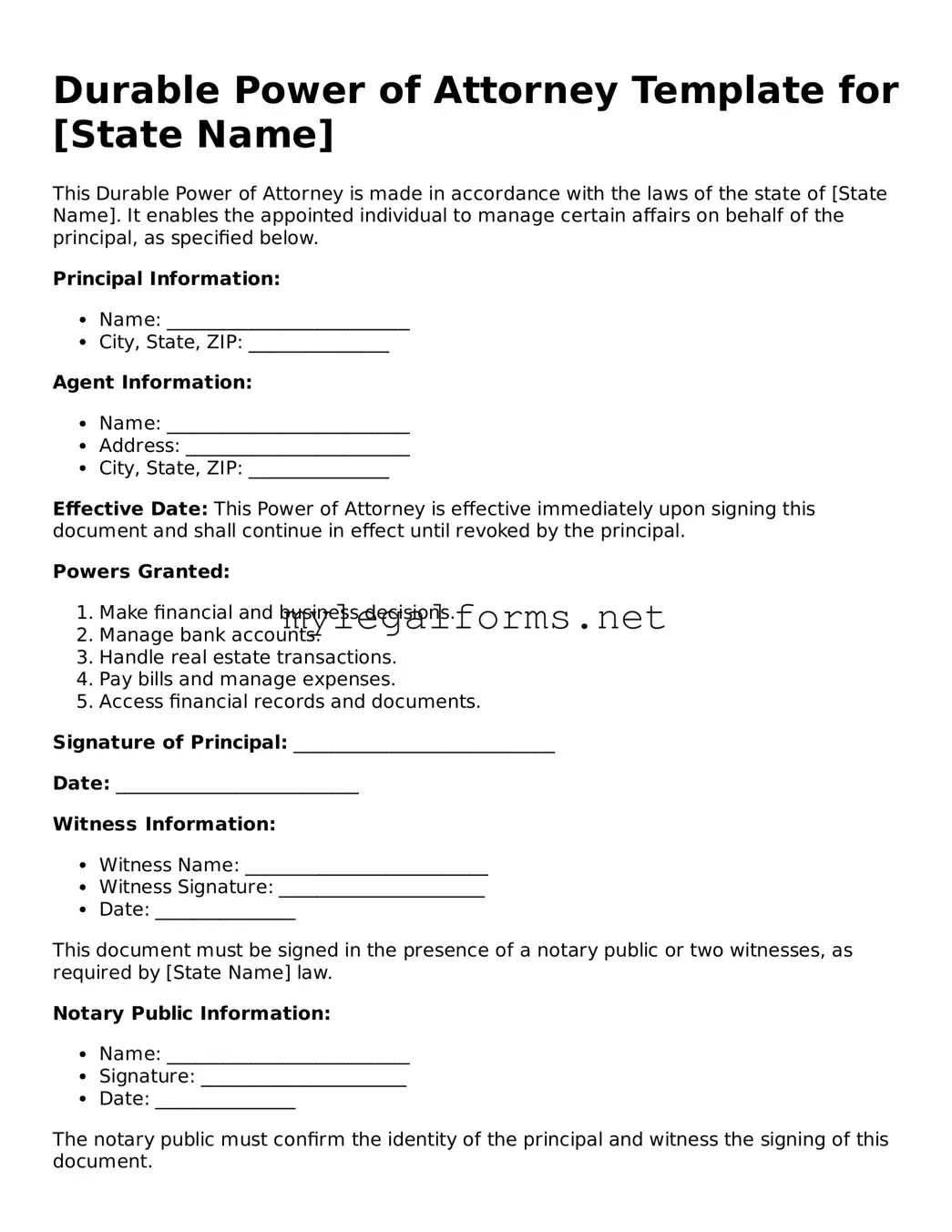Filling out a Power of Attorney (POA) form can be a straightforward process, but many people make common mistakes that can lead to complications down the line. Understanding these pitfalls can help ensure that the document serves its intended purpose effectively.
One frequent mistake is not specifying the powers granted. A POA can be general or limited, and failing to clearly outline the specific powers can create confusion. For example, if the document merely states that the agent can make decisions without detailing which decisions, it may lead to disputes among family members.
Another common error is neglecting to date the document. A Power of Attorney should always include the date it was signed. Without this, it may be difficult to establish when the authority was granted, which can complicate matters if the principal's capacity is ever called into question.
Some individuals forget to sign the document in the presence of a notary public or witnesses, depending on state requirements. A signature alone may not suffice. Ensuring that the document is properly witnessed or notarized can prevent challenges to its validity later.
Additionally, many people overlook the importance of choosing the right agent. An agent should be someone trustworthy and capable of handling the responsibilities that come with this role. Selecting someone without considering their ability or willingness to act can lead to significant issues.
Another mistake is failing to communicate with the chosen agent. It is vital to discuss the responsibilities and expectations with the person designated as the agent. A lack of communication can result in misunderstandings and mismanagement of the principal's affairs.
People often forget to update their Power of Attorney when their circumstances change. Life events such as marriage, divorce, or the death of an agent can necessitate a review and potential revision of the document. Ignoring these changes can lead to outdated or inappropriate authority being granted.
Some individuals mistakenly believe that a Power of Attorney remains valid indefinitely. In reality, a POA can become invalid if the principal revokes it or if the principal passes away. It is essential to understand the limitations and duration of the authority granted.
Moreover, not considering state-specific laws can lead to issues. Each state has its own requirements regarding Power of Attorney forms. Failing to adhere to these regulations can render the document ineffective, so it is crucial to be aware of local laws.
Lastly, many people do not keep copies of the signed Power of Attorney. It is important to distribute copies to the agent and any relevant parties, such as financial institutions or healthcare providers. Without copies, the agent may face challenges when trying to act on behalf of the principal.
By being aware of these common mistakes, individuals can take the necessary steps to create a Power of Attorney that truly reflects their wishes and protects their interests.
